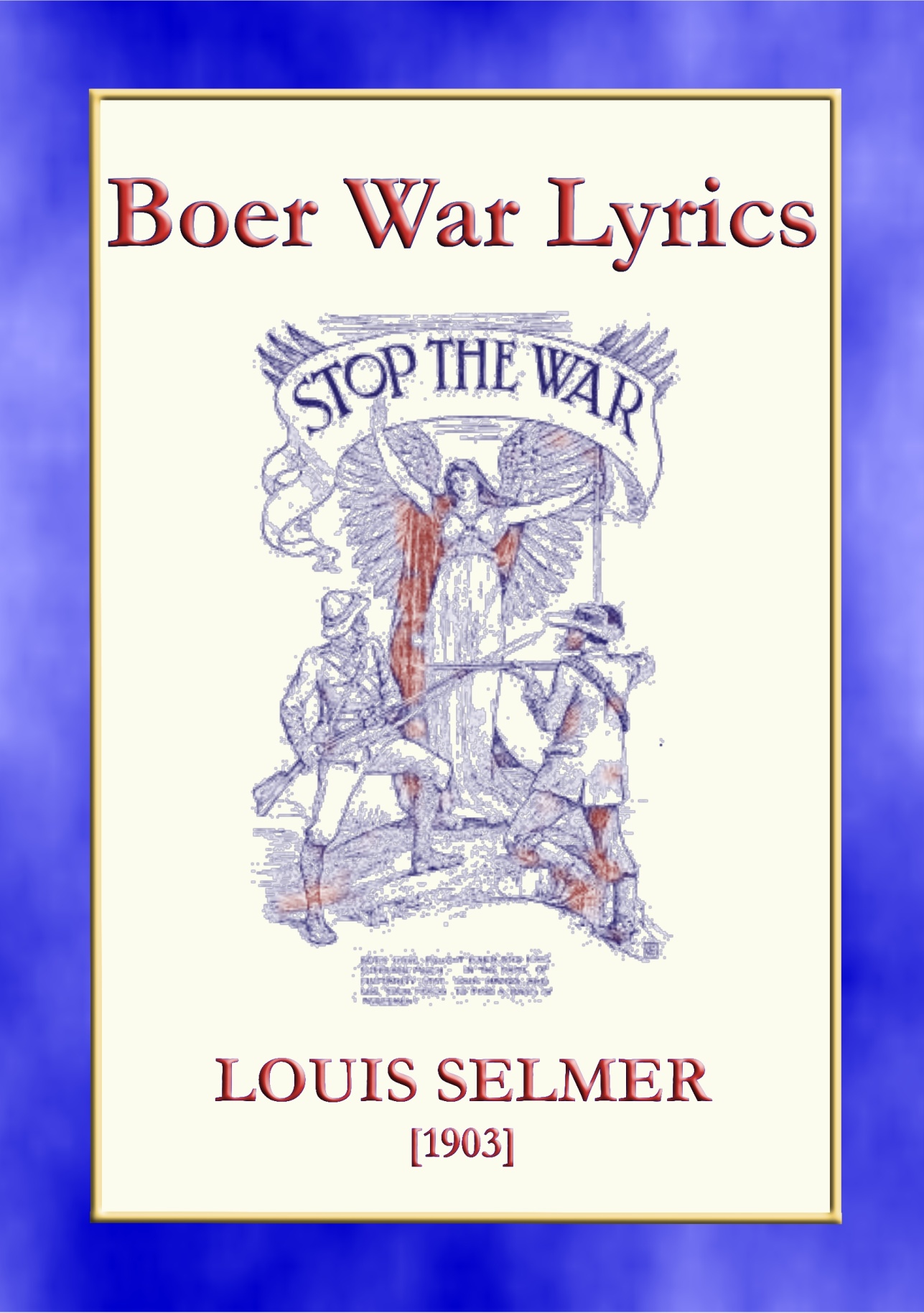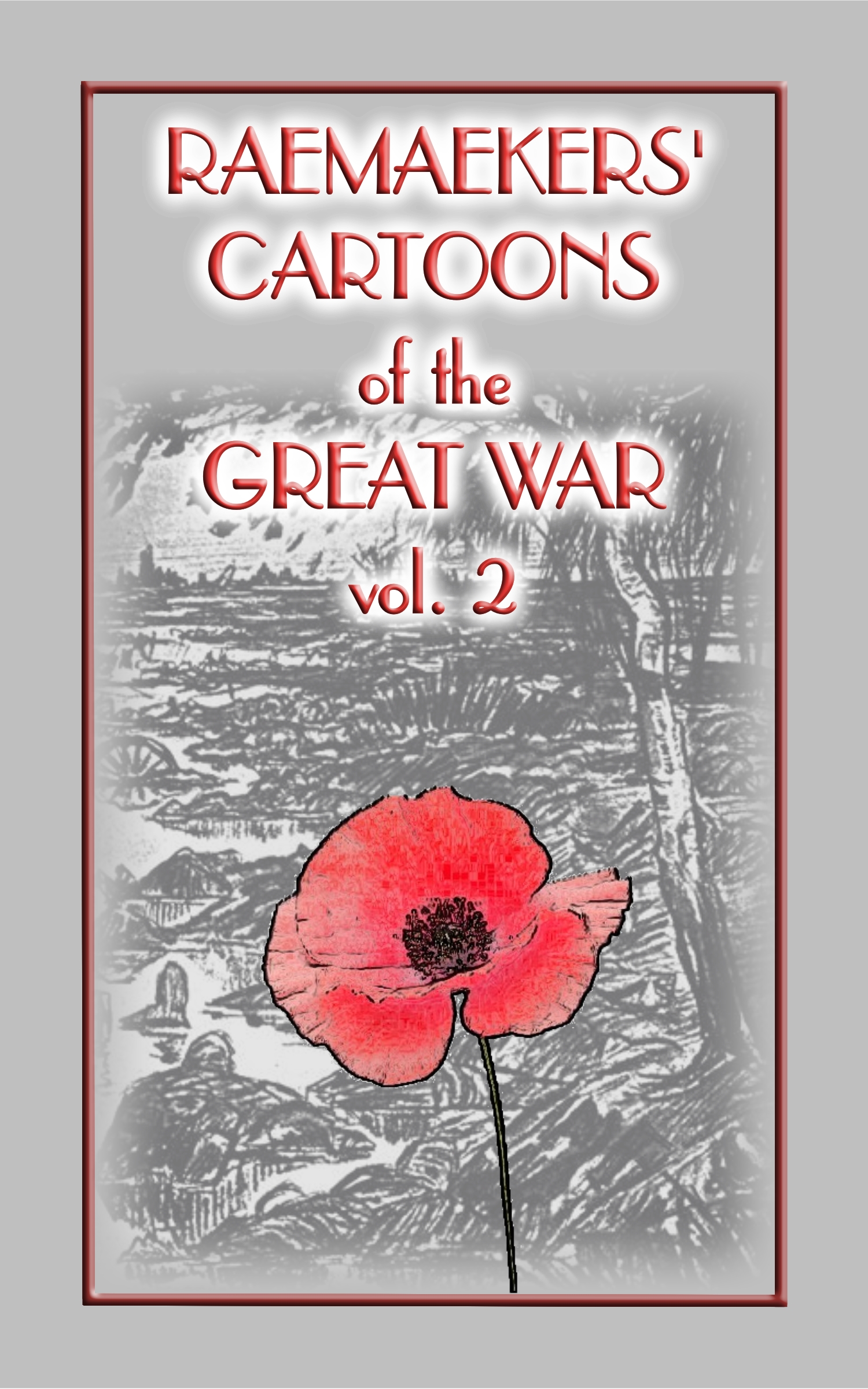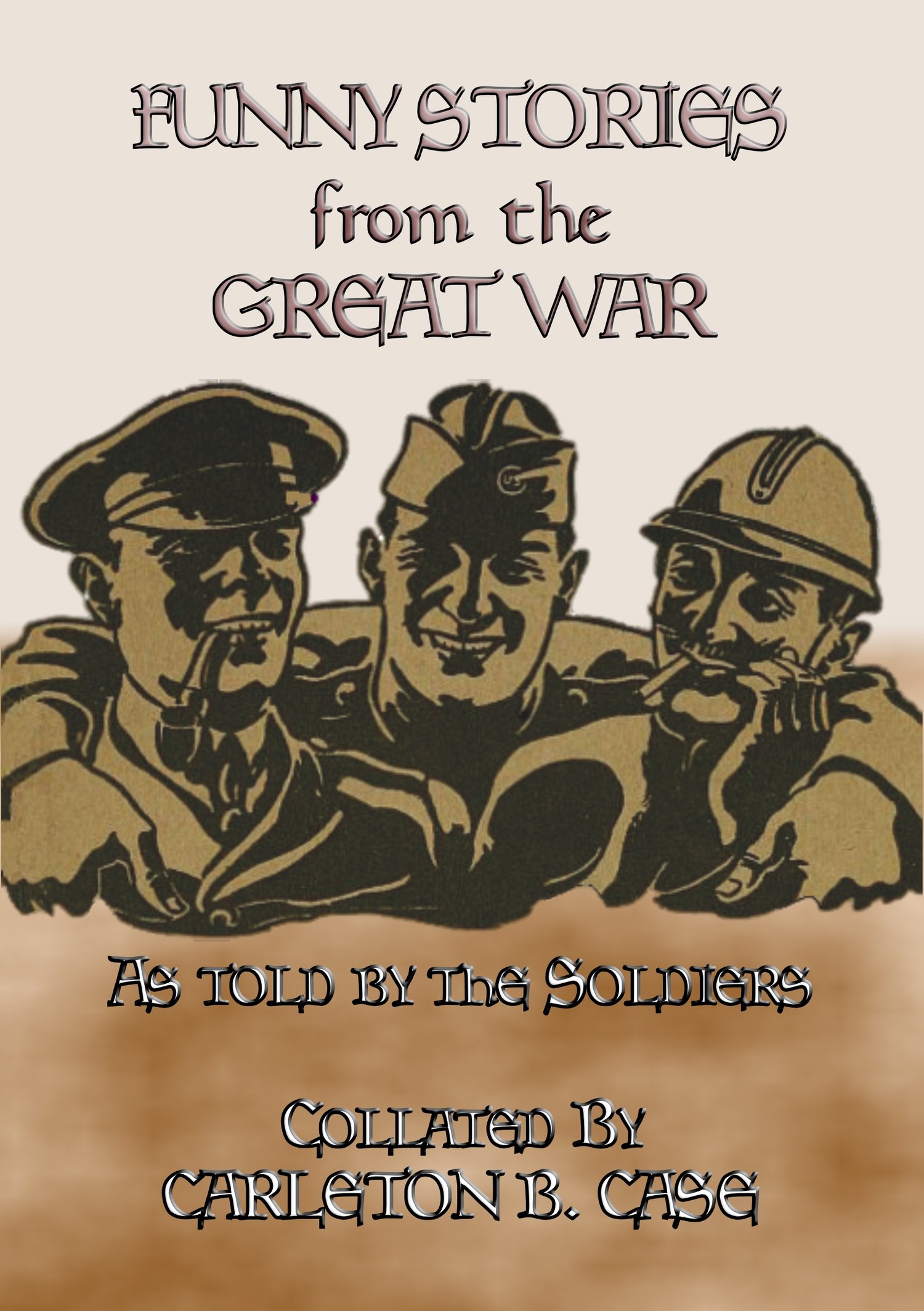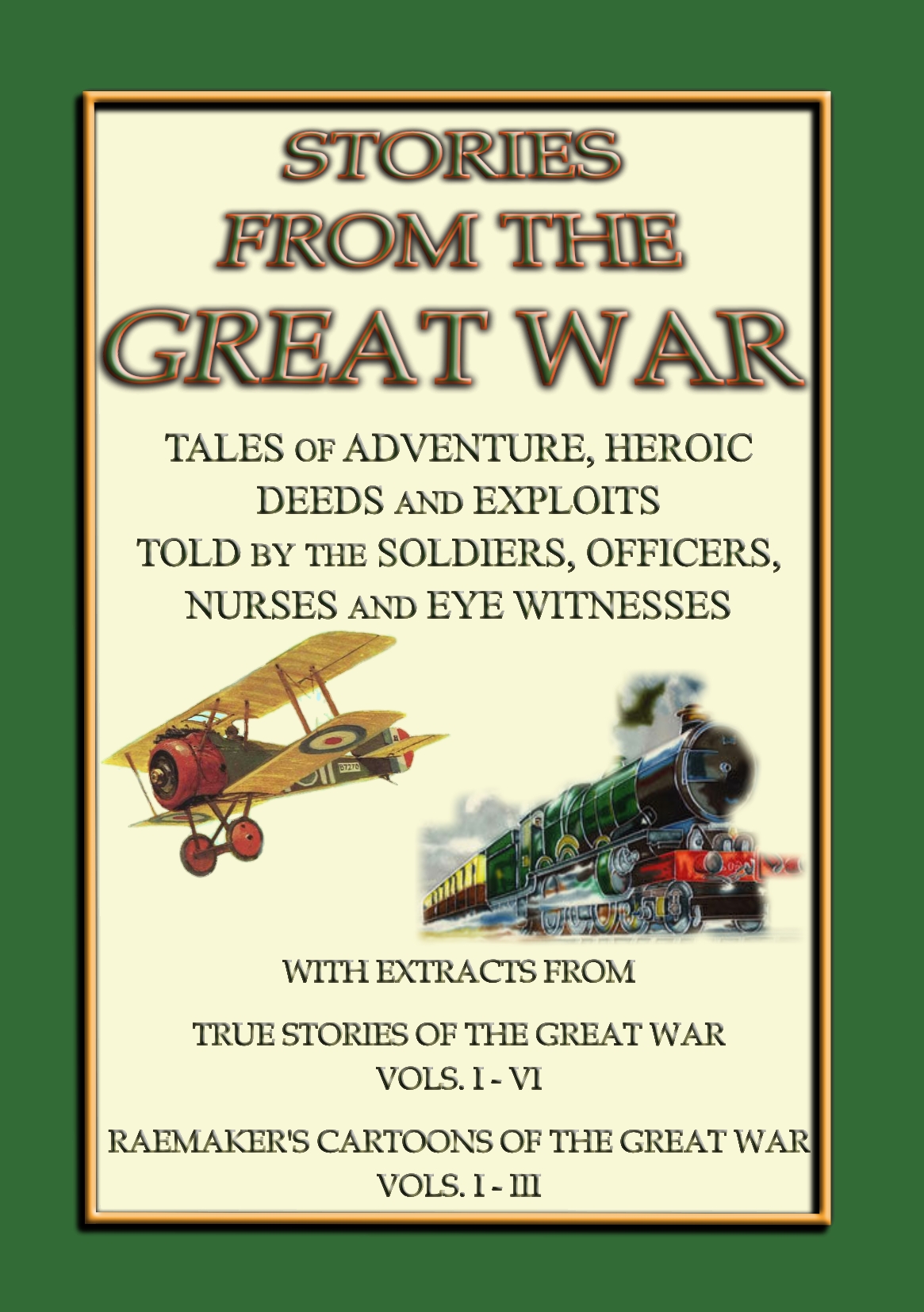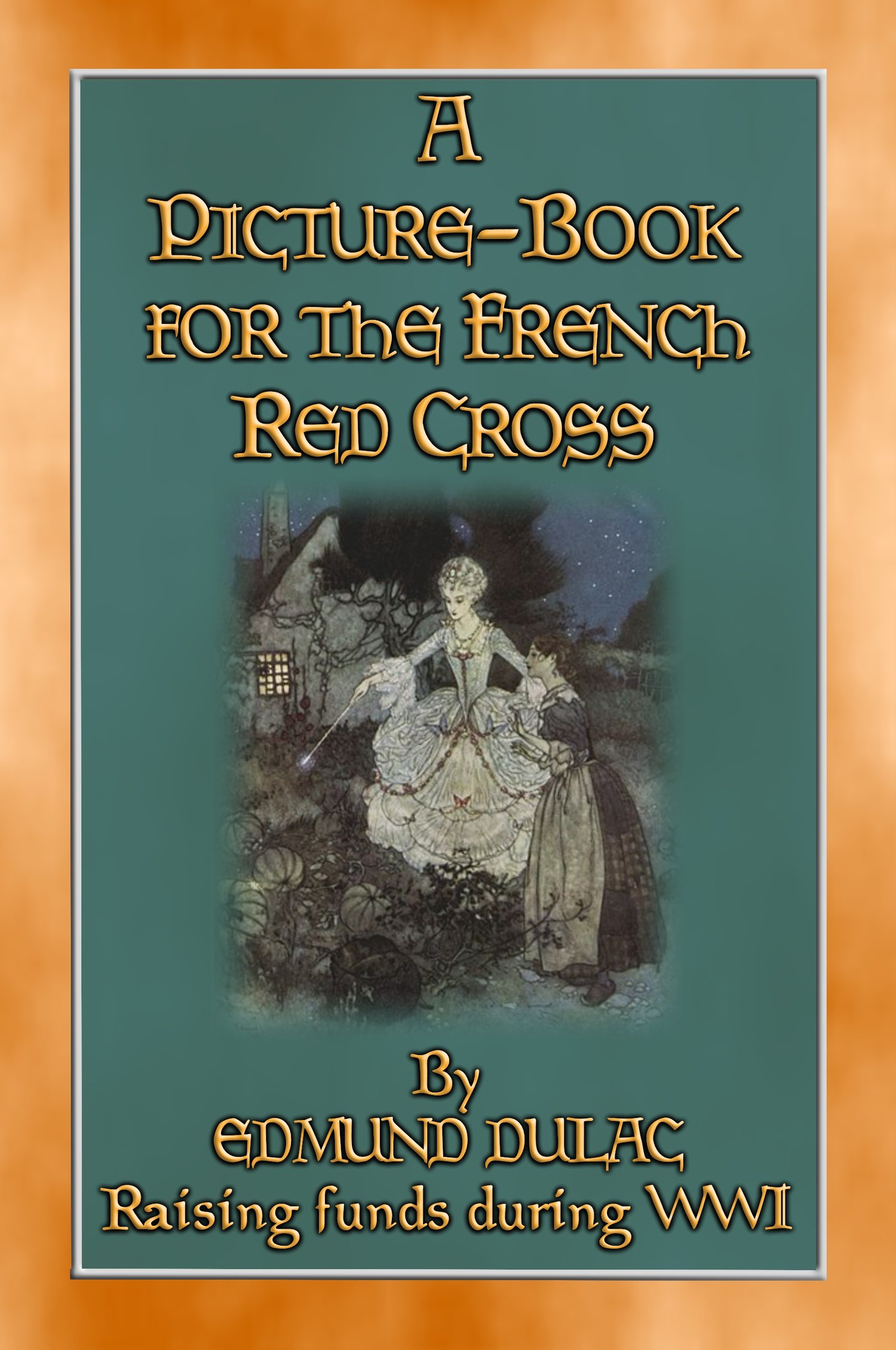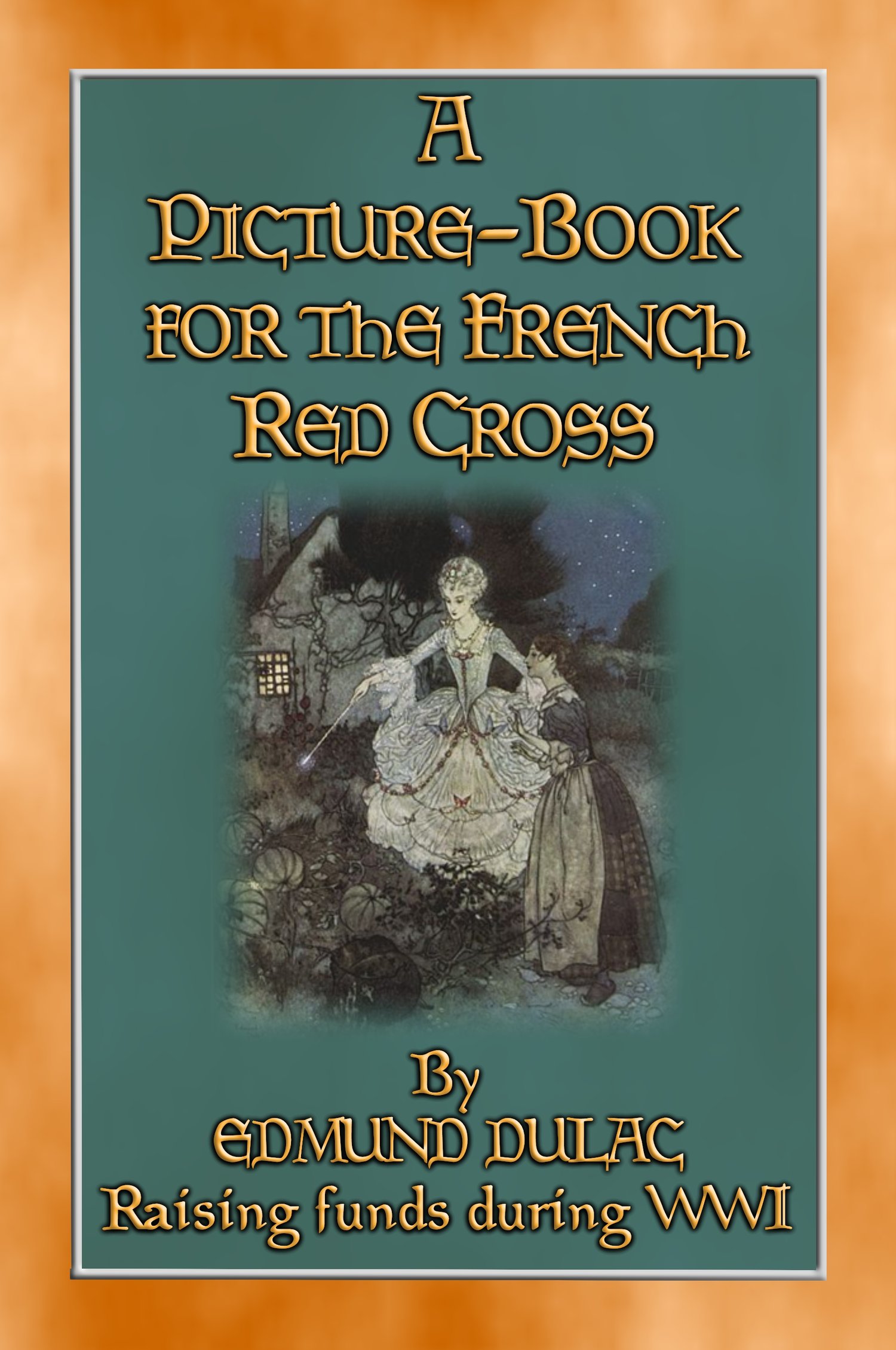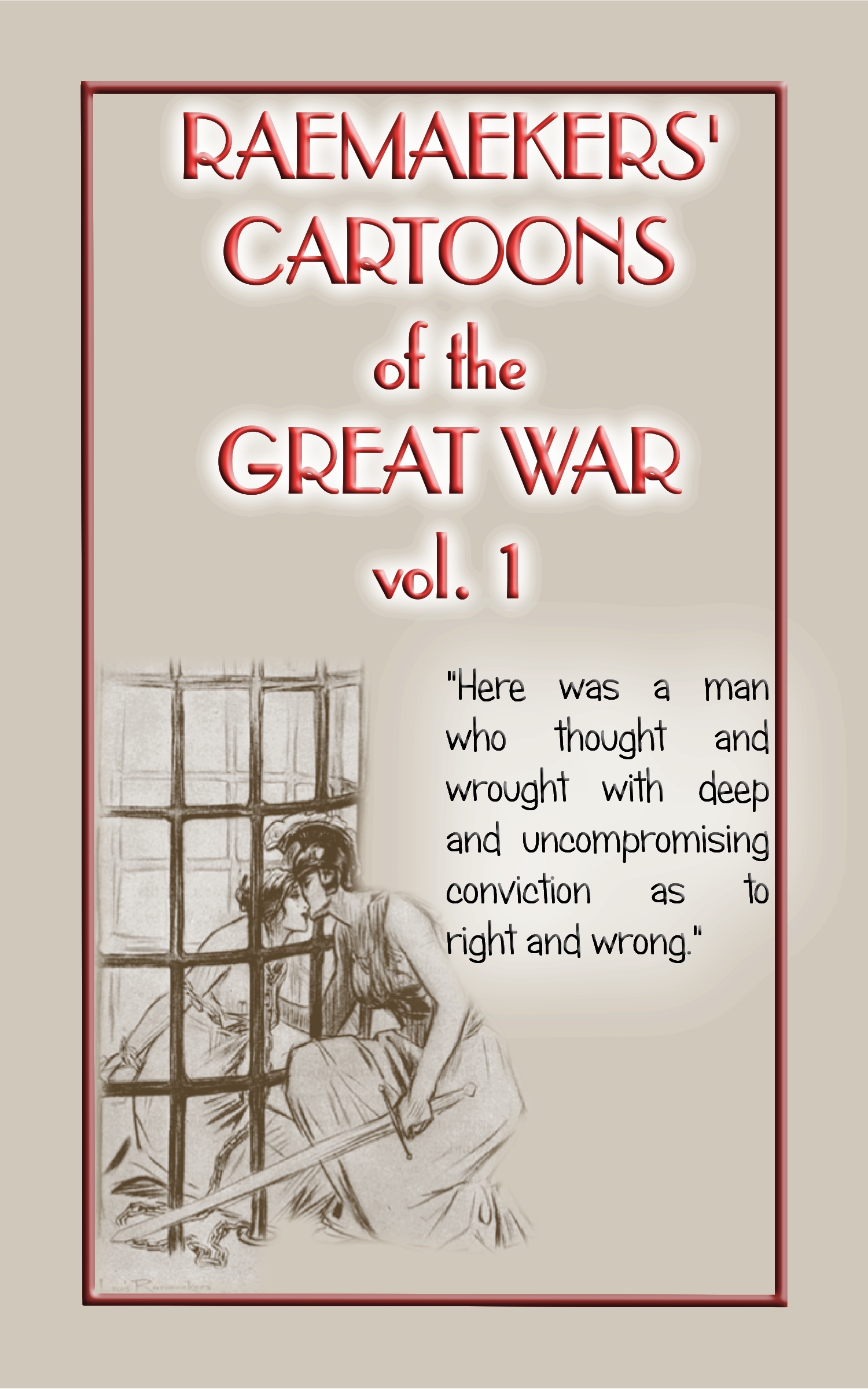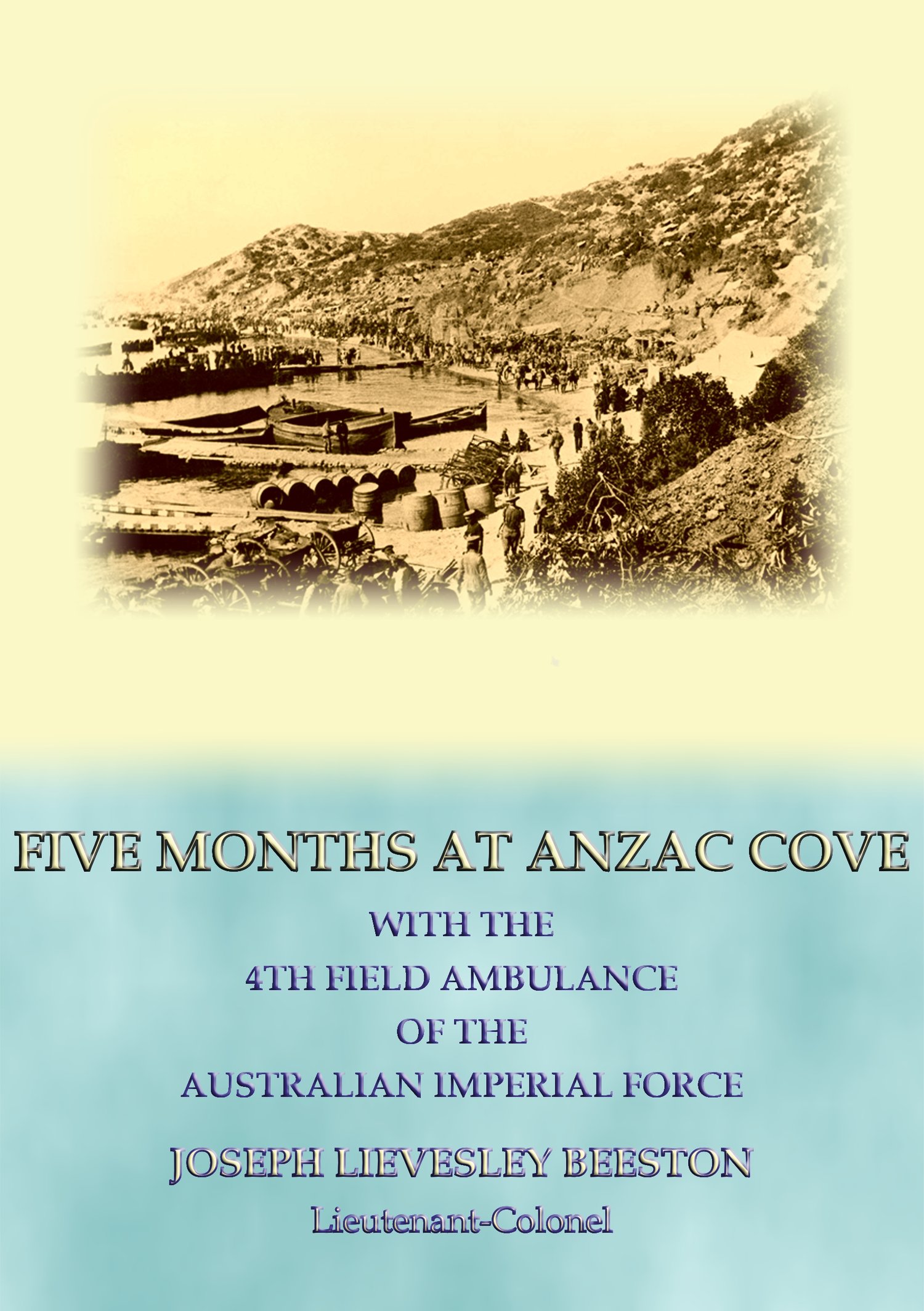
FIVE MONTHS AT ANZAC COVE - A Recounting of Time spent at Gallipoli during WWI
From ancient times it has been the custom of removing wounded soldiers from the battlefield and caring for them. They were usually taken to temporary shelters and given what care was available for that time period. Homer's Iliad makes brief mention of Machaon and Podalirius, the earliest known mention of field surgeons, who helped fallen soldiers.
During the crusades, the Knights Hospitallers, a religious order , had set up field hospitals at Jerusalem and Acre between 1120 to 1291. During the 13th C. conquest of Granada, Queen Isabella of Spain established ambulances, or field hospitals for her soldiers. They followed the Arabic pattern of organising patients into different areas based on sex, type of disease or injuries.
Medical services in the British armed services go as far back as the formation of the Standing Regular Army after the Restoration of Charles II in 1660. Field Hospitals and treatment of the wounded really came to the public’s attention during the Crimean War (1853 – 1856) through the exploits of Florence Nightingale
During the Great War the total number of military and civilian casualties was more than 38 million: there were over 17 million deaths and 20 million wounded, sadly, ranking it among the deadliest conflicts in human history.
With their experience during the second Boer War (1899 – 1902) fresh in their minds, it was logical that Australian Army HQ set about establishing forward army hospitals, then called Field Ambulances, to join the Australian Imperial Force (AIF) which was dispatched to ANZAC Cove on the Gallipoli Peninsula bounded by Dardanelles Straits of Turkey.
In 1914 Lieutenant-Colonel Beeston departed Australia at the head of the 4th Field Ambulance of the Australian Imperial Force (AIF). The chronicles of his experiences of the Campaign are recounted in this book. He goes on to relate the unique humour of the Australian forces, the privations of field life, and the characters alongside whom he served. He makes specific mention of a courageous private who transported many wounded men to safety on a water-carrier donkey, and also of the soldier whose preferred service uniform comprised 'only a hat, pants, boots and his smile' – move over Corporal Clinger, the Okkers were at it long before you were in the 4077th M.A.S.H. unit during the Korean War - nearly forty years later.

